Most children develop speech, language and communication in a predictable sequence. New skills build on skills they have already learned. Usually, we expect language and communication to develop over time and by a certain age. Yet, most children will progress at their own pace. Have a look at the Child Development Timeline for more information about what to expect and when.
There are lots of underlying skills that your child needs to be a good communicator. So if your child has only recently started saying words, they may take longer to learn speech sounds.
Some children with long term conditions may not develop all skills when you expect them to.
Find out why each building block is important for communication.
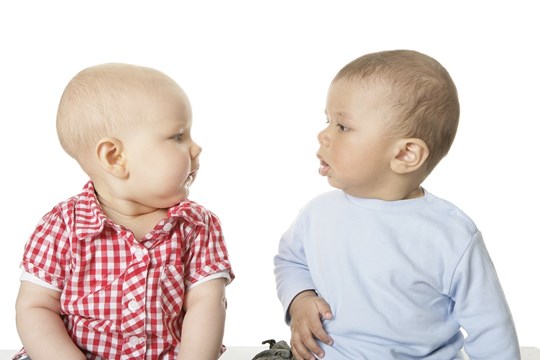
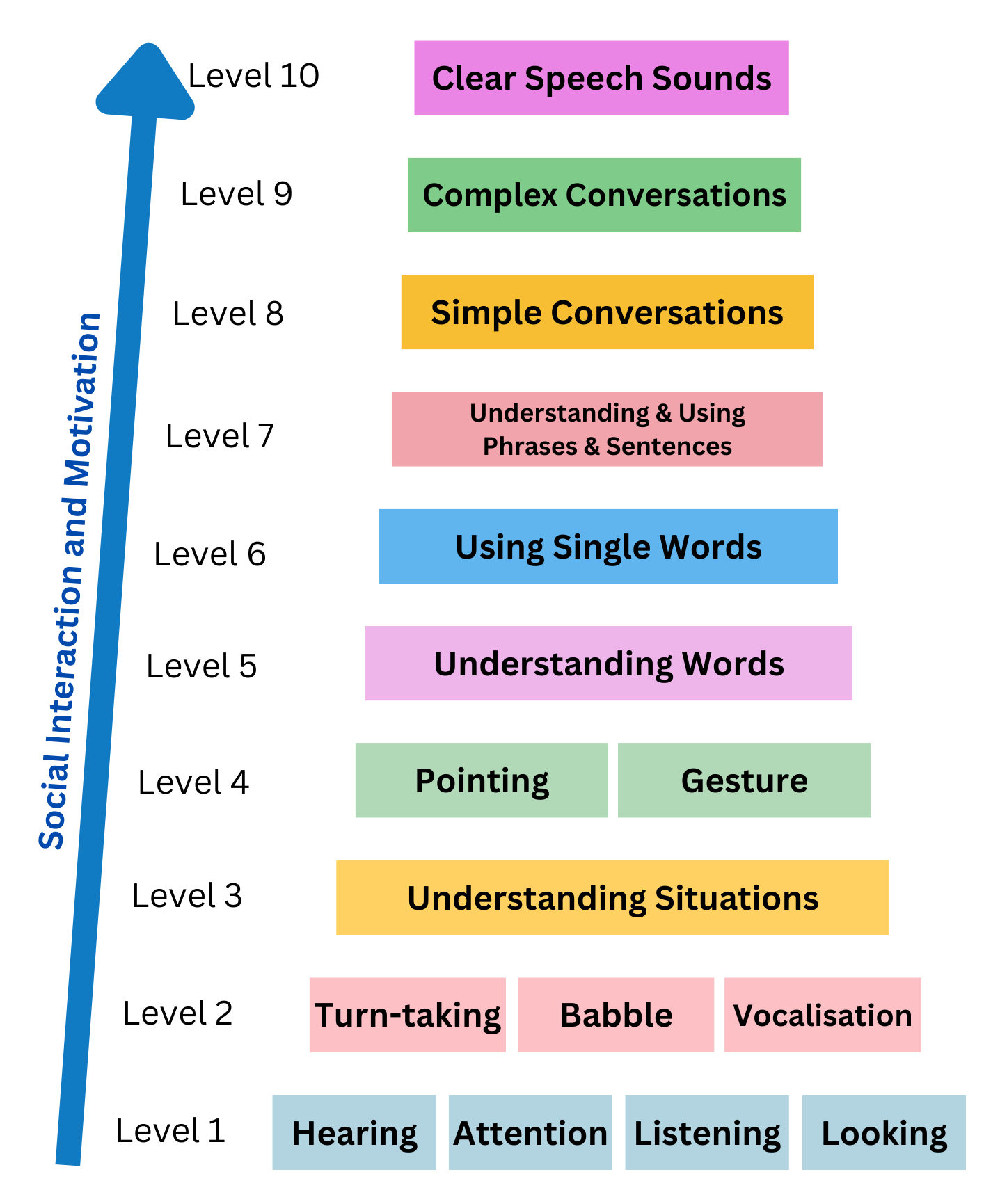
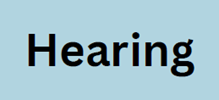
For language to develop a child must be able to hear well. If you notice that your child does not always respond when spoken to, likes the TV loud or often says ‘what?’, ask your Health Visitor or GP for advice.
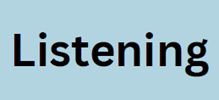
Children may be able to hear but not listen to what you say. Listening to language involves more than hearing the words. We need to pay attention to words, think about them and understand them. You can help your child’s listening skills by keeping the TV/ music off for talking times. Make a point of helping your child listen to sounds around them in everyday situations

Children have to learn to focus their attention on to different things. This usually starts with attending to people before objects. The next stage is sharing attention between people and things that interest them. Children need good attention skills before they understand words and learn to talk. You can help your baby and young toddler by finding simple shared activities that you both focus on. Try blowing bubbles- try one more turn each time to help them pay attention for longer!
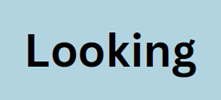
Looking at people and faces is a very important part of communication and interaction. Babies are naturally attracted to faces. Babies usually give eye-contact when they are only a few hours old. Looking at faces gives babies and children the chance to learn about other people. By watching, they begin to understand expressions, body language and how we make sounds. Looking and watching another person leads to good listening and good conversation skills. By looking at people, children can communicate powerful messages without words. For example a child may ask for an object, or draw an adult’s attention to it by looking. People games like tickling, peekaboo help your child develop looking and eye contact.
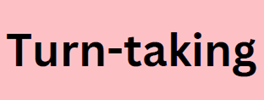
Taking turns is an important part of communication development for young children. When children learn to take turns, they learn the basics of conversations. Turn taking happens between people all the time in everyday life and develops at an early stage. When you take turns cooing to your baby as they vocalise you are beginning a conversation! When children have opportunities to share and practice taking turns, they are learning how to share a conversation.
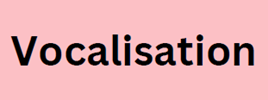
Babies will often use vocalisations as a way to communicate. It may sound like such as screeching or shouting but this is how they join in. Everyday routines such as bath time or milk time will be a time when your baby is noisy. This is how they show their excitement about what’s happening! Talk back to your baby at these times and they will associate the words with the routine!
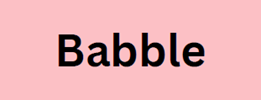
Babbling is when your child starts to play with sounds that are a bit like the words and the sounds in our language like “babababa”. They are not meaningful words yet but your baby will often repeat the same sounds and will enjoy doing it! Babble is an important skill that emerges in development before pointing and real words. Children typically start babbling before they start pointing. When your baby is babbling, join in and copy their sounds- you are having a conversation!

Babies learn very quickly to link activities. For example if they cry, they will get a cuddle or if they hear the taps going on they know they are having a bath. As babies and toddlers grow, they start to understand cause and effect. For example they will know that when their boots appear, they are going out! Your child doesn’t need to understand any words to work out what is happening. You can help by talking about what you are doing. This lets your little one hear all the words that go with the daily routines.
.

Pointing is an important part of early communication that can serve many purposes. When your baby or young toddler points, they are interacting with you in the same way that they would if they could talk! A point might mean ‘Give me that!’. It could also mean ‘Look at that!’ or ‘What is that?’ or even ‘I know who that is!’ It’s up to you to work out which one they mean! Usually the situation helps adults to do this. Help your child by commenting on their point e.g. ‘It’s a bus!’ or ‘Do you want your teddy? Here’s teddy!’.

Using gestures or actions is an important communication skill that develops before spoken words. For example a baby may open and close their hand if there is something that they want. They may clap their hands to if they are pleased. Waving “bye bye” is a lovely milestone for all babies and families! Using gesture to communicate is an important step before words and vocabulary develops. You can help by using gestures as you talk. Your baby may be able to communicate well with you using gestures before words appear. Use a word and a gesture at the same time to reinforce the meaning. For example arms out before you lift them and say 'Up' or shaking your head with the word “No”!

Your child will start to understand words that are important in their life like ‘Mummy’, or ‘Daddy’. Other important words could be ‘Cup’ or ‘No!’ and, of course, their own name. You can help your little one by making sure that they hear lots of new words in play and in your everyday routines. Research tells us that babies need to hear lots of language before they will use it! Nothing is better than an interested adult to help babies and children learn language! So enjoy some talking time with your baby, you are helping them learn every time you do it!
.

The first word that your child uses is always a cause for celebration. Did you know that by the time they use words most children already have developed a lot of communication skills? Skills like pointing and understanding words come before they speak. You can help your child to develop words by making sure that they hear lots of talking. When a toddler is learning to talk, it is tempting for adults to ask ‘What’s that?’ to see what words they can use. Try describing instead e.g. say ‘Look at the ball!. This way your child hears the words in a natural conversation. Leave lots of pauses and they might join in with their own words!
.

Toddlers will often use familiar phrases like ‘all gone’ before true sentences start. When your child is using about 50 words, they will start to link words together in short phrases. This helps them join ideas together like ‘more juice’ ‘Mummy shoe’. You can help them by adding words into their attempts to build vocabulary. So if they say ‘Daddy gone!’ you can say ‘Yes, Daddy’s gone in the car’. Take opportunities to let your child hear new words when you are out and about. Describe what you see and hear. If you see a dog say ‘Oh look at that doggy! or 'It’s a big doggy!’ It’s important to talk about things that your child is looking at. This will keep them listening and joining in!
.

Once your child has started using short phrases, you may find they will start to have simple conversations every day. Usually simple conversations will be about the ‘here and now’ e.g. what you are doing together now. It can be difficult for children at this stage to talk about the past or future. There will lots of immaturities at this stage. They may miss out words out or mispronounce words. That is all typical for this stage. Children need lots of opportunities to practise talking and interacting to develop communication. Try reading books, singing rhymes and talking whilst you are out and about. This will give your child the practise they need!
.

By the time they are ready for school most children can have complex conversations with you. There will still be some immaturities in their speech and sentences. Now they will be able to ask questions, comment, tell longer stories, talk about things in the past or future. They will be able to have conversation with other children as well as adults. Your pre-school child will be using lots of ideas in their talking by now such big/ little, numbers or colours. If your child has immaturities in their talking you can help by letting them hear a good example. If they say ‘He felled on the pavement’ you can say ‘He fell on the pavement? I hope he wasn’t hurt?’.
.

Speech sound development keeps going until a child is into primary school. Some children will still be developing the other building blocks of language. Clear speech may take a bit longer for them. Some sounds like ‘r’ and ‘th’ take a while to get established but don’t get in the way of effective communication. Don’t worry about getting your child to correct these sounds but make sure they hear you say it back correctly. For example if they say ‘wabbit’ you say ‘yes it’s a rabbit’. Remember talking needs practise!
.